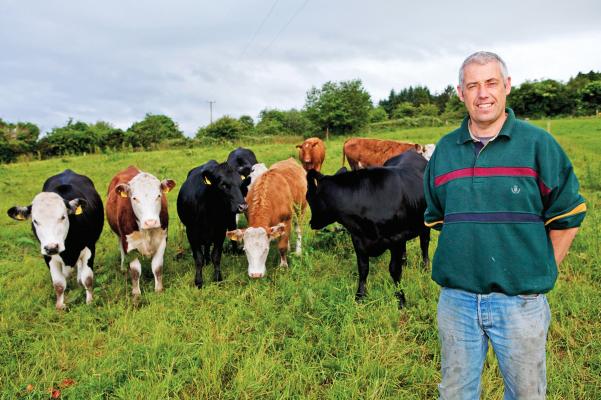I have tightened up my calving spread this year, with 84% of my cows calved in less than seven weeks. While doing so, I have also moved my calving date back by two weeks to start in the last week of January.
I felt the cows were calving too early, so I decided to move them to start calving closer to the beginning of the grazing season.
This week, I am getting fertilizer and slurry out onto the land.
Up to now, I have only managed to get out with slurry on dry paddocks to relieve pressure on slurry tanks.
I aim to spread a bag of urea on 60% of the ground that will not be receiving slurry. There are approximately 20 acres of heavy grass covers on land that was reseeded and sub-soiled last year. Ground conditions are still soft on these fields due to reseeding, but will be targeted for early grazing with light, dairy-bred Limousin replacement heifers once ground allows. I spread 18-6-12 on this ground at two bags per acre to increase P and K levels.
The farm will be carrying a much higher stocking rate this year, so I need to get out with nitrogen early.
Once light weanlings are out, I plan to turn out first calvers to grass next.
The boost in nutrition from early grass should lead to earlier cycling. All in all, despite the wet start to the year, I should still have all sheds emptied by 1 April.
My stocking rate will increase to approximately 2.2 LU/ha. When I joined the programme, the farm was stocked at less than 1.3LU/ha. This will test the grassland management skills that I have learned over the past 18 months and will hopefully drive up output on the farm.
Along with increasing cow numbers to nearly 50, I am planning to keep all yearling stock until late autumn. The heifers will be slaughtered off grass while steers will be sold as forward stores.






 This is a subscriber-only article
This is a subscriber-only article











SHARING OPTIONS: